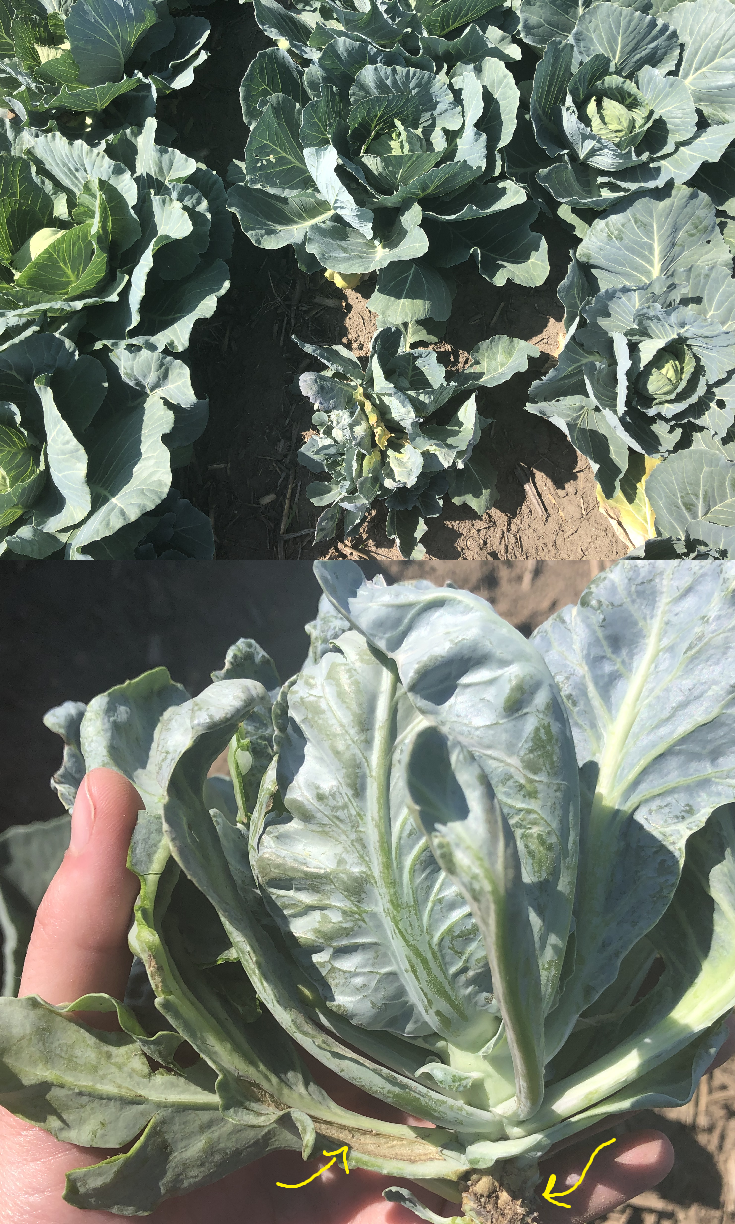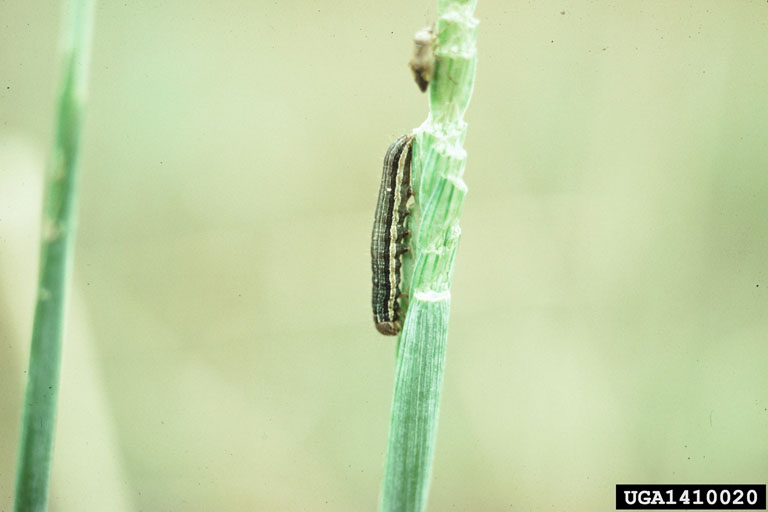Southeast Michigan vegetable update – June 17, 2020
Sun, wind and limited rainfall has dried out topsoil.

Weather
After a cool weekend, hot, dry weather is on tap for the rest of the week. Some parts of southeast Michigan got an inch of rain in the last week while other parts received much less. It has been both windy and sunny. Michigan State University Enviroweather stations from the region are showing high potential evapotranspiration. Irrigation has been and will continue to be important.
Next chance of rain is Saturday night, June 20, and the medium range forecast is calling for warmer than average temperatures and greater than normal precipitation.
The table below shows rainfall totals for the Michigan State University Enviroweather stations in southeast Michigan, as well as degree-days calculated using the Baskerville-Emin Method. Degree-day average for Commerce and Hudson is over five years, while Deerfield is over four years. Rainfall is in inches. For a refresher on degree-days and how to get this information in your area, see “Accessing growing degree days with Enviro-weather” from MSU Extension.
|
Rainfall and degree day totals as of June 17, 2020 |
||||
|---|---|---|---|---|
|
Station |
Degree days (base 42) |
Degree days (base 50) |
5-year degree day average (base 50) |
Rainfall since April 1 |
|
Commerce |
1,045 |
591 |
668.6 |
8.56 (+1.48) |
|
Deerfield |
Not Available |
Not Available |
794.3 |
Not Available |
|
Hudson |
1,043 |
584 |
732.7 |
8.49 (+0.8) |
General notes
If sidedressing in the next week, it is important to look at your nitrogen (N) source and what the chances are for it to volatize in hot, dry weather. Nitrogen volatilization in urea can start within hours of application and can continue for days. If broadcasting urea in the next few days, including a stabilization product can help avoid volatilization. This is especially important if broadcasting when rain isn’t in the forecast on fields that aren’t irrigated, and when the product cannot be incorporated.
The MSU Plant & Pest Diagnostics lab has recently been able to increase their capacity and have added a drop-off spot outside their East Lansing, Michigan, lab. For more information, visit their website.
Crop updates
Cucumber and melon growers should note that downy mildew spores have been picked up in spore traps on the west side of the state. None have been picked up by the traps on the eastside of the state, which are in the Saginaw, Michigan, area. Typically, we find our first downy mildew infected plants in Michigan around the Fourth of July. Just because this pathogen made a late appearance in Michigan last year does not mean it will follow the same pattern this year. Treatment may not be necessary as the dry weather conditions are not conducive for the development of this disease, but fields should be scouted.
The main cole crop pest being found in fields is diamondback moth. I am seeing some sporadic swede midge damage. Trapping in Michigan has indicated that swede midge adults start to emerge in mid-May and are caught consistently throughout the season, with a notable population spike in August, meaning it can be a pest in both early and late planted cole crops.

Pumpkins have up to five leaves. Pumpkin, squash and zucchini growers should note that Enviroweather models suggest squash vine borer adults will start to emerge and lay eggs across our area in the next week. See above photo for the eggs of this pest.
Sweet corn growers should note that there are reports from west Michigan, Ohio and Ontario of high armyworm numbers. True armyworm can be brown or green with horizontal stripes running down their bodies and an orange head. They feed in the whorl. The treatment threshold for treatment in seedling or early whorl sweet corn is 35% of plants infested. If you are under that threshold, scout again in a few days to make sure the field is still under threshold. If you manage field corn or wheat, this is a pest of concern in those crops as well.

Processing tomatoes are starting to flower and fresh market tomatoes are being staked.
Reach out
Please contact me at schuhmar@msu.edu or 517-264-5309 with questions, concerns or to schedule a field visit. I have the ability to do field visits on a limited basis.
Great Lakes Vegetable Producer’s Network
The Great Lakes Vegetable Producer's Network is a live weekly roundtable discussion during the growing-season for commercial vegetable producers in the Great Lakes and Midwest region. It is broadcast live via Zoom at 12:30 ET/11:30 CT every Wednesday from the first week of May to the first week of September. Listen live or later. If you have a pressing vegetable production issue that you would like discussed, simply email it, along with your phone number, to greatlakesvegwg@gmail.com.
Next week, June 24, will cover the “Powdery Mildew Blues.”



 Print
Print Email
Email




